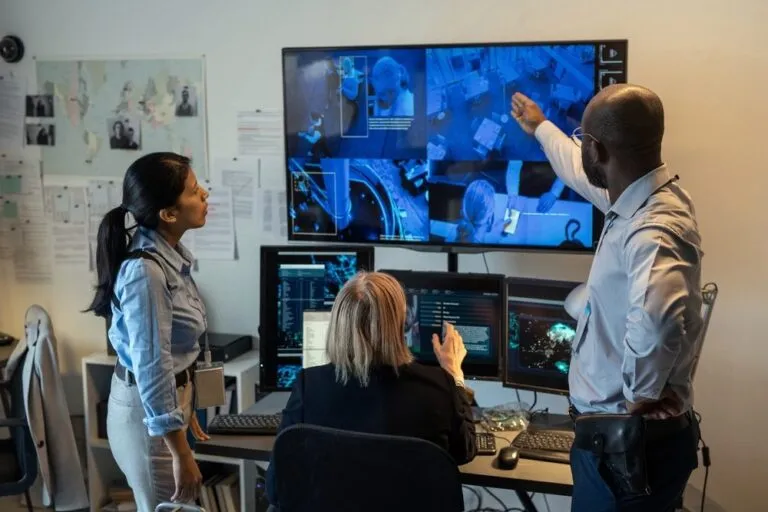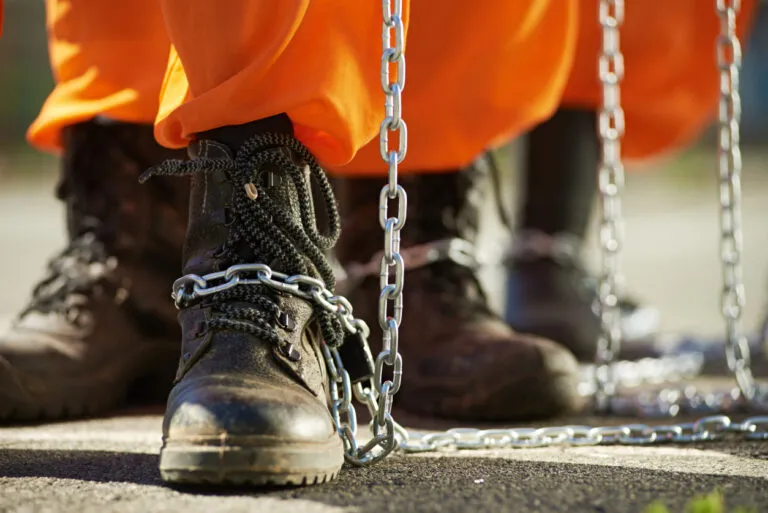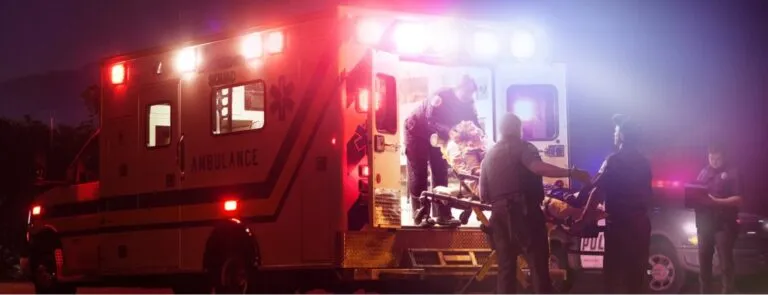Law Enforcement
Security
Community
Healthcare









© 2024 SoundThinking Inc. All rights reserved. | SoundThinking™, SafetySmart™, ShotSpotter®, CrimeTracer™, CaseBuilder™, ResourceRouter™, the SoundThinking logo, the SafetySmart Platform logo, the ShotSpotter logo, the CrimeTracer logo, the CaseBuilder logo, and the ResourceRouter logo are trademarks of SoundThinking, Inc. ShotSpotter technology is protected by one or more issued U.S. and foreign patents, with other domestic and foreign patents pending, as detailed in Patents.